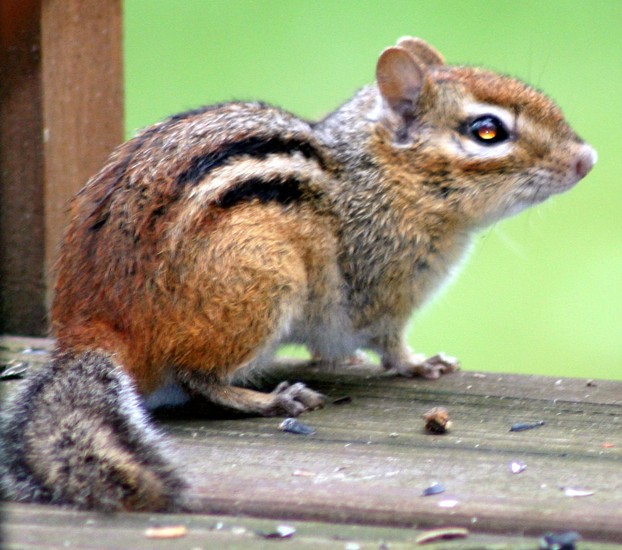"Dogwood flowers, photographed at night": discutant, CC BY 2.0, via Flickr @ https://www.flickr.com/photos/discutant/13903837/
COFL2: USDA Natural Resources Conservation Service, via USDA PLANTS Database @ https://plants.usda.gov/home/plantProfile?symbol=COFL2&mapType;=nativity
University of California Botanical Garden, Berkeley, California: Stan Shebs, CC BY-SA 3.0, via Wikimedia Commons @ https://commons.wikimedia.org/wiki/File:Cornus_florida_ssp_urbiniana_1.jpg
New York Botanical Gardens, The Bronx, New York: Ryan Somma, CC BY 2.0, via Flickr @ https://www.flickr.com/photos/ideonexus/6087843806/
'Cherokee Chief' cultivar has a potential planting range throughout most of the continental United States.: pointnshoot, CC BY 2.0, via Flickr @ https://www.flickr.com/photos/pointnshoot/432984531/
closeup of bracts and flower heads: Mike James (Miki James), CC BY 2.0, via Flickr @ https://www.flickr.com/photos/mikijames/66780114/
John J Tyler Arboretum, Media, southeastern Pennsylvania: Derek Ramsey (Ram-Man), CC BY SA 2.5, via Wikimedia Commons @ http://commons.wikimedia.org/wiki/File:Flowering_Dogwood_Cornus_florida_'Appalacian_Spring'_Leaf_2650px.JPG
Duke Forest, Durham, North Carolina: Jane Shelby Richardson at Duke University (Dcrjsr), CC BY 3.0, via Wikimedia Commons @ https://commons.wikimedia.org/wiki/File:Dogwood_fall_leaves.jpg
Cornus florida drupes: Kenpei, CC BY-SA 3.0, via Wikimedia Commons @ https://commons.wikimedia.org/wiki/File:Benthamidia_florida8.jpg
Steve Hurst, ARS Systematic Botany and Mycology Laboratory, Salisbury, Maryland: Steve Hurst/ARS, Public Domain, via USDA-NRCS PLANTS Database @ https://plants.usda.gov/home/plantProfile?symbol=COFL2
Winston-Salem, northwestern North Carolina: Barbara Hobbs (virgohobbs), CC BY 2.0, via Flickr @ https://www.flickr.com/photos/barbara_virgo_hobbs/6372477615/
Cornus florida: lower branch dieback and formation of epicormic shoots: Charles Hoysa, Virginia Cooperative Extension, Bugwood.org, CC BY 3.0 US, via Forestry Images @ https://www.forestryimages.org/browse/detail.cfm?imgnum=5334056
Skaneateles, west central New York: R. A. Nonenmacher (Nonenmac), CC BY-SA 3.0, via Wikimedia Commons @ https://commons.wikimedia.org/wiki/File:Eastern_Chipmunk_1745.jpg
White House collection, Washington DC: Public Domain, via Wikimedia Commons @ https://commons.wikimedia.org/wiki/File:Portrait_of_Caroline_Scott_Harrison_(by_Daniel_Huntington,_1894).jpg
The White House, Washington DC: Public Domain, via GW Bush White House Archives @ https://georgewbush-whitehouse.archives.gov/history/art/presart-2.html#2
Biltmore Estate, Asheville, Buncombe County, northwestern North Carolina: Robert L. Anderson, USDA Forest Service, Bugwood.org, CC BY 3.0, via Forestry Images @ https://www.forestryimages.org/browse/detail.cfm?imgnum=1749041
American Medical Botany, Vol. II (1818), Plate XXVIII, opposite page 72: uwdigitalcollections, CC BY 2.0, via Flickr @ https://www.flickr.com/photos/uwdigicollec/3543549534/; Public Domain, via Biodiversity Heritage Library @ https://www.biodiversitylibrary.org/page/2957485
Decatur, north central Georgia: Lee Coursey (Lee Edwin Coursey), CC BY 2.0, via Flickr @ https://www.flickr.com/photos/leeco/2410557792/


























 Are Hawaiian Huakai Po Nightmarchers Avenging Halloween Thursday?on 10/02/2024
Are Hawaiian Huakai Po Nightmarchers Avenging Halloween Thursday?on 10/02/2024
 Mailing Addresses for 2023 Form 4868 Extending 1040 and 1040SR April 15, 2024, Due Dateon 04/15/2024
Mailing Addresses for 2023 Form 4868 Extending 1040 and 1040SR April 15, 2024, Due Dateon 04/15/2024
 Mailing Addresses for 2023 Forms 1040 and 1040SR Filed in 2024on 04/15/2024
Mailing Addresses for 2023 Forms 1040 and 1040SR Filed in 2024on 04/15/2024
 Mailing Addresses for 2022 Form 4868 Extending 1040 and 1040SR April 18, 2023, Due Dateon 04/13/2023
Mailing Addresses for 2022 Form 4868 Extending 1040 and 1040SR April 18, 2023, Due Dateon 04/13/2023



Comments
CruiseReady, Me too, I love the sight of blooming dogwoods. They're beautiful to be around and so easy to identify what with such distinctive bark, blooms, and branches!
Dogwood trees are just gorgeous when they are in bloom. I remember driving along a dirt road,through what seemed like a forest of them years ago in East Texas. What a magnificent sight that was!
Mira, Cellular pigments known as anthocyanins are responsible for the rich reds of trees such as dogwoods, maples, etc. Flowering dogwood's autumnal leaf coloring is usually described as a "rich red brown." The color reminds me of a portrait of Elizabeth I in a kermes red dress.
I came back to this article and am marveling at how inventive nature is. So many trees, and yet the flowers are always different. I also love those fall leaves. What would you call that color?
VioletteRose, These early flowering trees put on a spectacular display. Me, too, I agree that the both white and pink dogwood flowers are beautiful. These trees are gorgeous, in person, and in photos. Your appreciation of nature is appreciated.
I love your articles on all these flowering trees, they all look so pretty in full bloom. The dogwood flowers, both white and pink, are beautiful and the pictures are really wonderful! Thanks for sharing these.
KathleenDuffy, Me, too, I love First Lady Caroline Harrison's painting of flowering dogwood.
I also appreciate botanical illustrations, and I am impressed, as well, with Victorian women who were natural history illustrators.
Mira, Me, too, I appreciate the tapestry throw blanket, which is beautifully designed.
The effect of flowering dogwood, blooming in the landscape, is really special, quite spectacular, and definitely unforgettable.
It's interesting that you kept coming across references to this New World native in English-language fiction.
I'm glad to deepen your acquaintance with this lovely tree.
Nelda_Hoxie, Flowering dogwoods convey such beauty in the landscape that you are fortunate to live next door to this lovely tree.
Dustytoes, The next best thing to having a dogwood in your back yard is having one in your next door neighbor's yard!
Me, too, I enjoy the blooms of the flowering dogwood. It is a serene beauty.